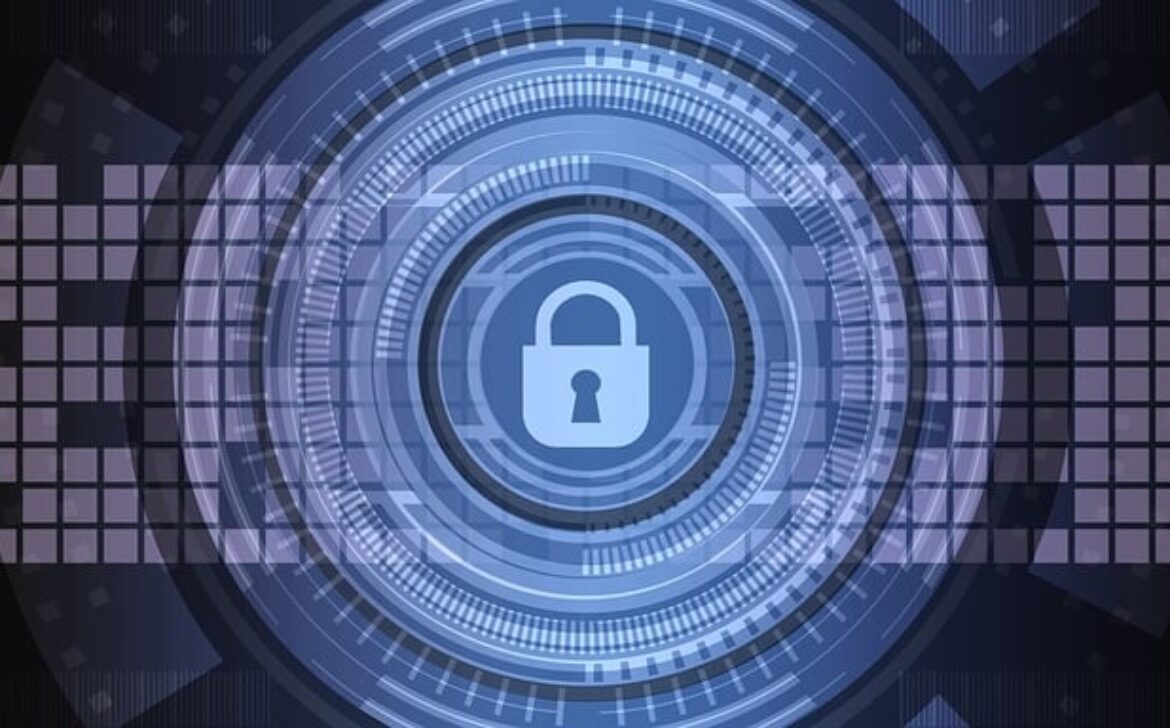Safeguarding the Digital Landscape: A Deep Dive into Cybersecurity

Introduction
In an increasingly interconnected world, where every facet of our lives is digitized, the importance of cybersecurity cannot be overstated. The rapid evolution of technology has not only brought convenience and efficiency but has also exposed us to new and complex security challenges. Cybersecurity has become a fundamental pillar in ensuring the protection of sensitive data, personal privacy, and the stability of critical systems. In this comprehensive blog, we will delve into the world of cybersecurity, its significance, the evolving threat landscape, and actionable steps individuals and organizations can take to safeguard their digital assets.
Understanding Cybersecurity: An Imperative for the Digital Age
Cybersecurity is more than just a buzzword; it’s a vital practice that involves safeguarding computer systems, networks, and digital information from unauthorized access, data breaches, and cyberattacks. It encompasses a wide array of strategies, technologies, and protocols that collectively aim to maintain the confidentiality, integrity, and availability of digital assets. From personal information to corporate trade secrets, cybersecurity serves as a fortress guarding against a barrage of threats that seek to exploit vulnerabilities in our digital ecosystem.
Evolving Threat Landscape: Navigating the Digital Battlefield
The realm of cybersecurity is in a perpetual state of flux, with hackers and malicious actors constantly innovating to breach defenses. Understanding the diverse threats we face is crucial:
- Malware: Viruses, worms, trojans, and ransomware are some forms of malicious software that can infiltrate systems, causing damage or stealing data.
- Phishing: A social engineering attack where cybercriminals use deceptive emails or websites to trick individuals into divulging sensitive information.
- Denial of Service (DoS) Attacks: By flooding a system or network with excessive traffic, attackers can render it unavailable to users.
- Data Breaches: Unauthorized access to sensitive data can result in dire financial and reputational consequences for individuals and organizations alike.
- Insider Threats: Threats posed by individuals within an organization who misuse their access for personal gain or malicious intent.
Building a Strong Defense: Layers of Cybersecurity
To combat the ever-evolving cyber threats, a multi-faceted approach to cybersecurity is essential:
- Network Security: Implement firewalls, intrusion detection systems, and intrusion prevention systems to monitor and control network traffic.
- Endpoint Protection: Employ antivirus software, endpoint detection and response (EDR) solutions, and keep operating systems and applications up to date.
- Authentication: Enforce strong password policies, implement two-factor authentication (2FA), and explore biometric authentication methods.
- Patch Management: Regularly update software, applications, and firmware to address known vulnerabilities and security flaws.
- Employee Training: Educate employees about cybersecurity risks, phishing tactics, and the importance of vigilant online behavior.
- Data Encryption: Encrypt sensitive data both in transit and at rest to prevent unauthorized access and maintain data confidentiality.
- Backup and Recovery Plans: Regularly back up critical data and have robust disaster recovery plans to minimize downtime in case of an incident.
Adapting to the Future: Embracing Emerging Technologies
As threats evolve, so do the tools at our disposal to counteract them:
- Artificial Intelligence (AI) and Machine Learning (ML): These technologies analyze vast data sets to detect anomalies and potential threats in real-time, enhancing early threat detection.
- Zero Trust Architecture: This approach assumes no entity, even within the organization, should be trusted by default, enforcing stringent access controls.
- Blockchain Technology: Beyond cryptocurrencies, blockchain’s security features are explored for data integrity, authentication, and securing transactions.
- Cloud Security: With the rise of cloud computing, ensuring the security of data stored and processed in the cloud is paramount.
- Biometric Authentication: Fingerprint and facial recognition technologies are increasingly used for secure user authentication, reducing reliance on traditional passwords.

